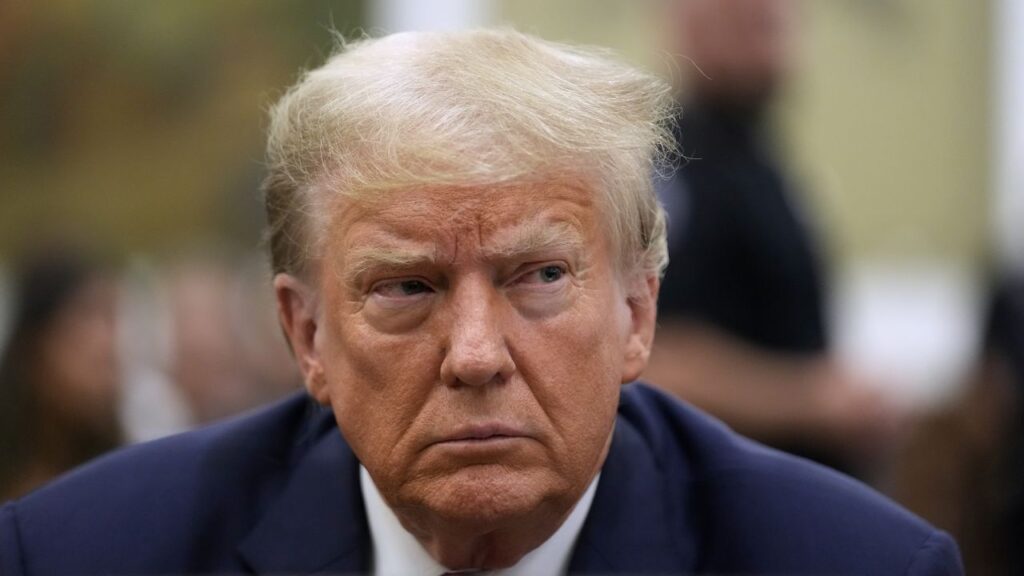Trump Announces Ceasefire in Iran-Israel Conflict After Days of Military Escalation
In a dramatic turn of events, former U.S. President Donald Trump announced a “complete and total ceasefire” between Israel and Iran following 12 days of escalating military confrontation. Trump’s declaration came after intense airstrikes by the U.S. and Israel on Iranian nuclear facilities, and retaliatory missile attacks by Iran targeting U.S. bases in Iraq and Qatar, including the strategic Al Udeid Air Base.
The announcement was made via Trump’s social platform, Truth Social, where he credited the U.S. military and Israeli coordination for pushing Iran into halting its aggression. “It has been fully agreed by and between Israel and Iran that there will be a complete and total ceasefire,” Trump posted. He further revealed that Iran had agreed to halt hostilities for 12 hours first, followed by an equal pause by Israel, essentially de-escalating a potentially wider regional war.
While Trump praised the outcome, confusion loomed over the official status of the ceasefire. Neither Israel nor Iran issued immediate public confirmation. Missile attacks reportedly continued from Iran-linked groups in the hours following the announcement, keeping global observers cautious.
What Led to the Ceasefire: Bunker Busters, Missile Barrages, and U.S. Deterrence
The 12-day standoff began with Israeli air raids on key Iranian nuclear sites—Fordow, Natanz, and Isfahan—aimed at crippling Iran’s uranium enrichment capabilities. The strikes involved U.S.-supplied B-2 bombers dropping 5–6 bunker buster bombs on the underground Fordow facility, which Iran had been using to enrich uranium up to 60%. The international red line for nuclear weaponization stands at 90%.
In retaliation, Iran fired over 30 ballistic missiles, targeting Israel’s southern cities and U.S. military installations in Iraq and Qatar. The Al Udeid base in Qatar—America’s largest air installation in the Middle East—was among those targeted. Iran’s Foreign Ministry framed the strikes as “measured retaliation” and warned of “severe consequences” if Israel continued its attacks.
Trump claimed the U.S. military received advanced warning from Tehran before the missile strikes, suggesting a controlled escalation. This, along with satellite monitoring and the crippling of over 50% of Iran’s missile launchers in Israeli preemptive strikes, appears to have tilted the equation toward ceasefire talks.
While Trump denied that regime change was the objective, Israeli sources have reiterated their long-standing desire for a new, more pragmatic government in Tehran. Still, the primary stated goal was to prevent Iran from reaching nuclear weapon capability.
A Fragile Peace: Global Reaction and Regional Implications
The ceasefire, although welcomed by markets and international observers, remains fragile and unformalized. Global leaders, including those from the EU and UN, urged both Iran and Israel to engage in dialogue and ensure sustained de-escalation.
Oil prices dropped slightly while U.S. stock futures rose following the announcement, indicating a sigh of relief from global markets. However, with no treaty or binding agreement in place, analysts warn that even a minor provocation could reignite hostilities.
Qatar, Iraq, and neighboring Gulf nations remain on high alert. U.S. forces in the region have not relaxed their defensive posture, and Israeli fighter jets reportedly continue aerial surveillance over Iranian territory.
Trump’s announcement, though dramatic, is seen more as a temporary truce rather than a long-term resolution. Experts note that Iran’s nuclear ambitions and Israel’s red lines make permanent peace a distant hope unless major diplomatic breakthroughs follow. While Trump’s ceasefire declaration has paused the 12-day spiral into war, the geopolitical powder keg in the Middle East remains active. With both Iran and Israel heavily armed and ideologically entrenched, the region stands at a crossroads—between cautious diplomacy or another dangerous flashpoint.





















